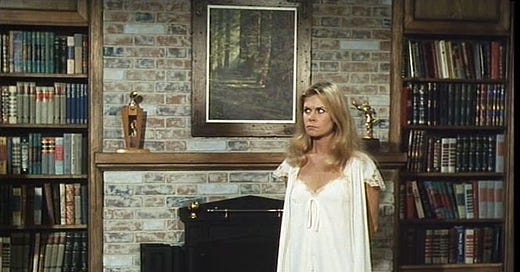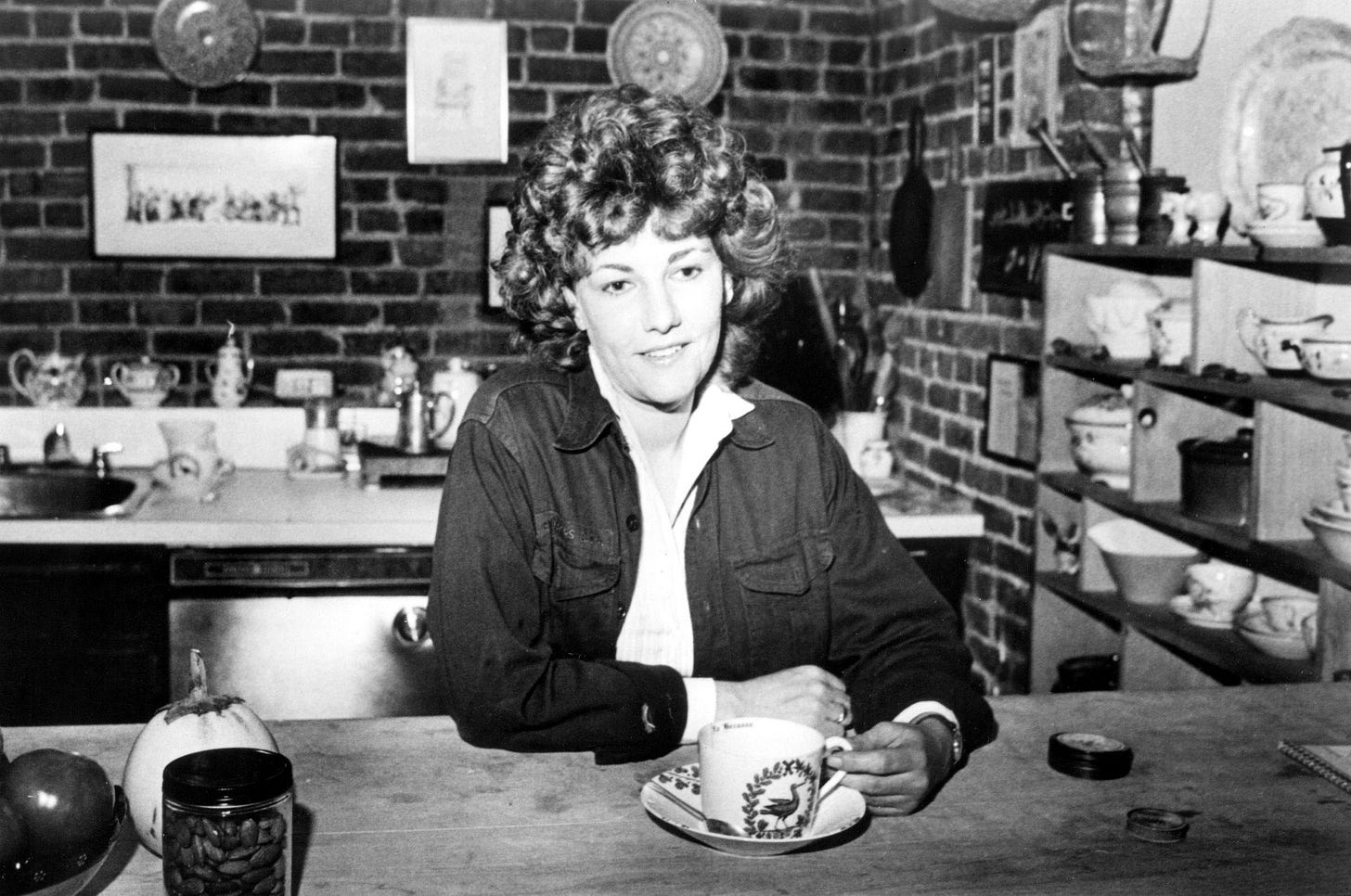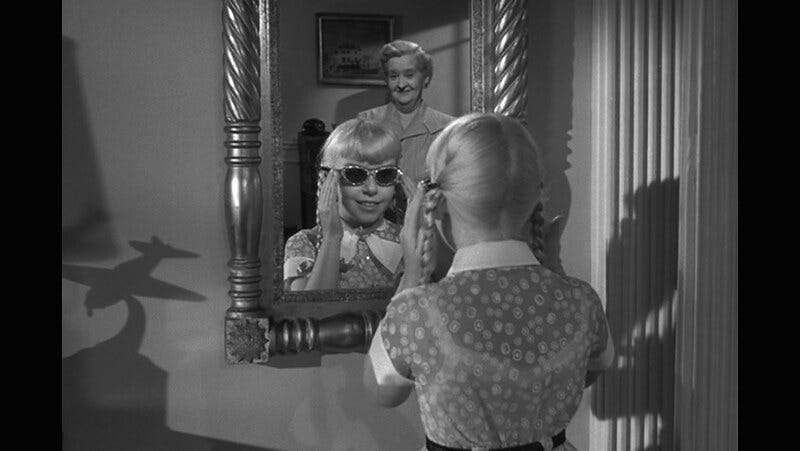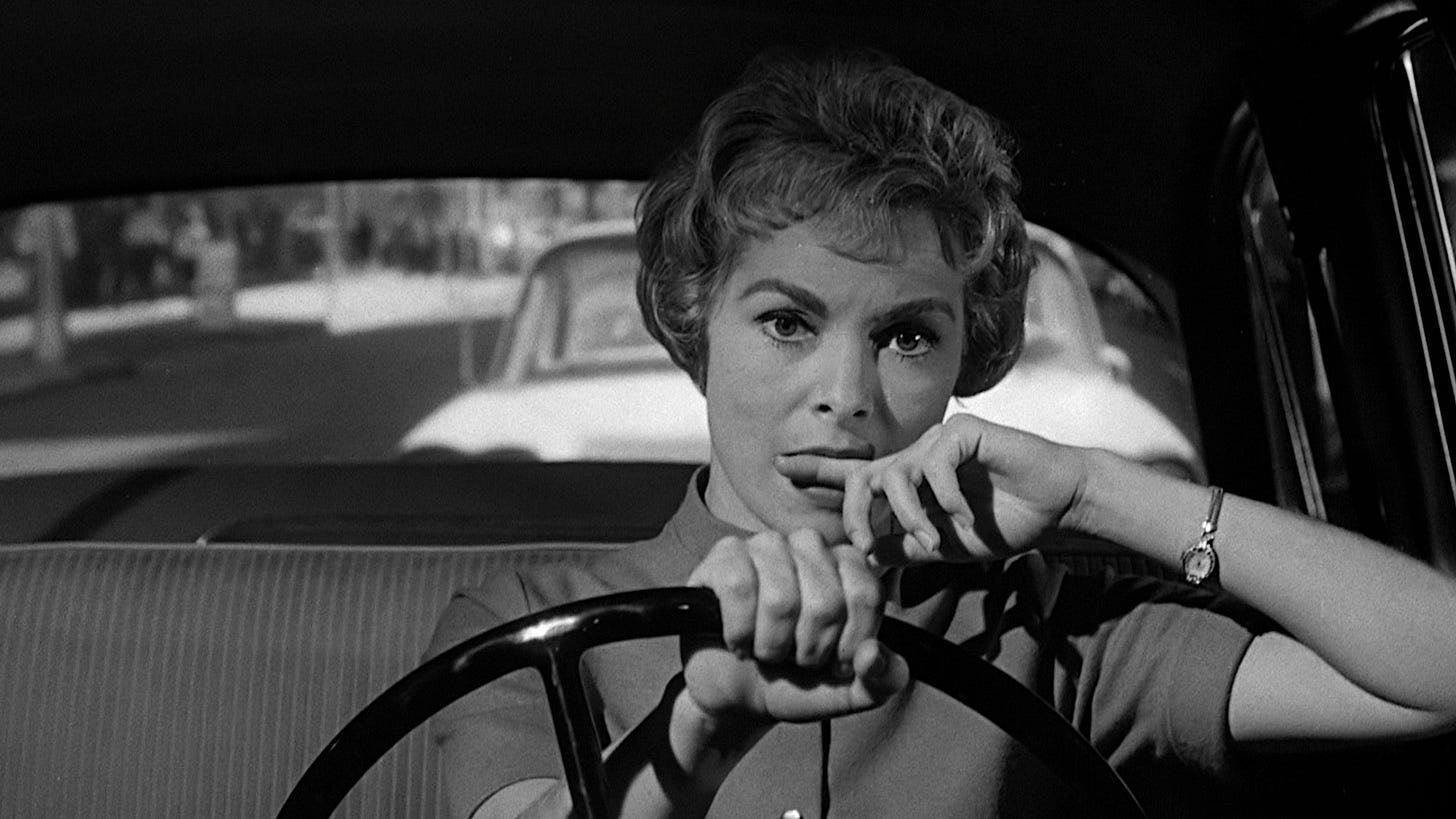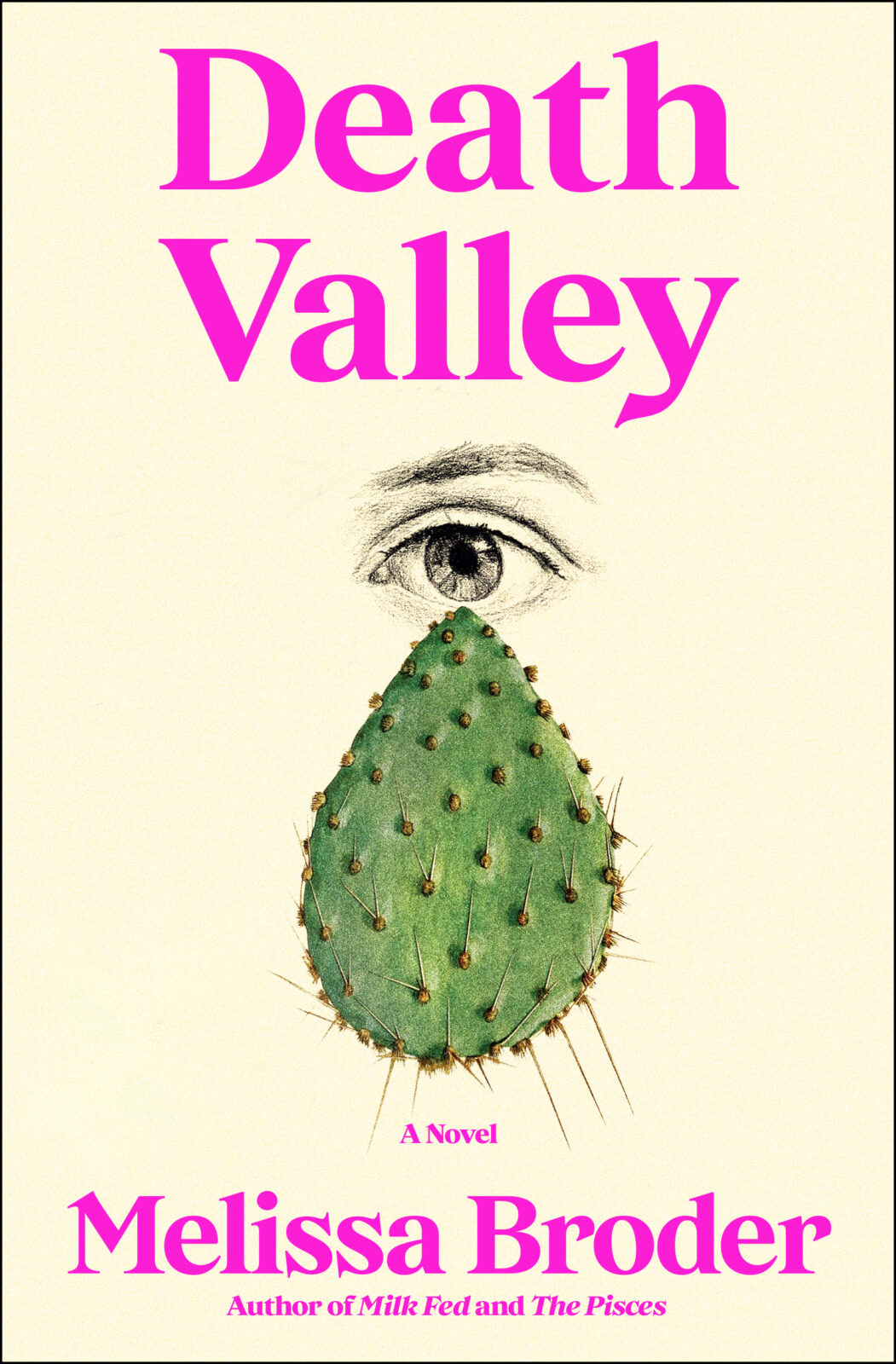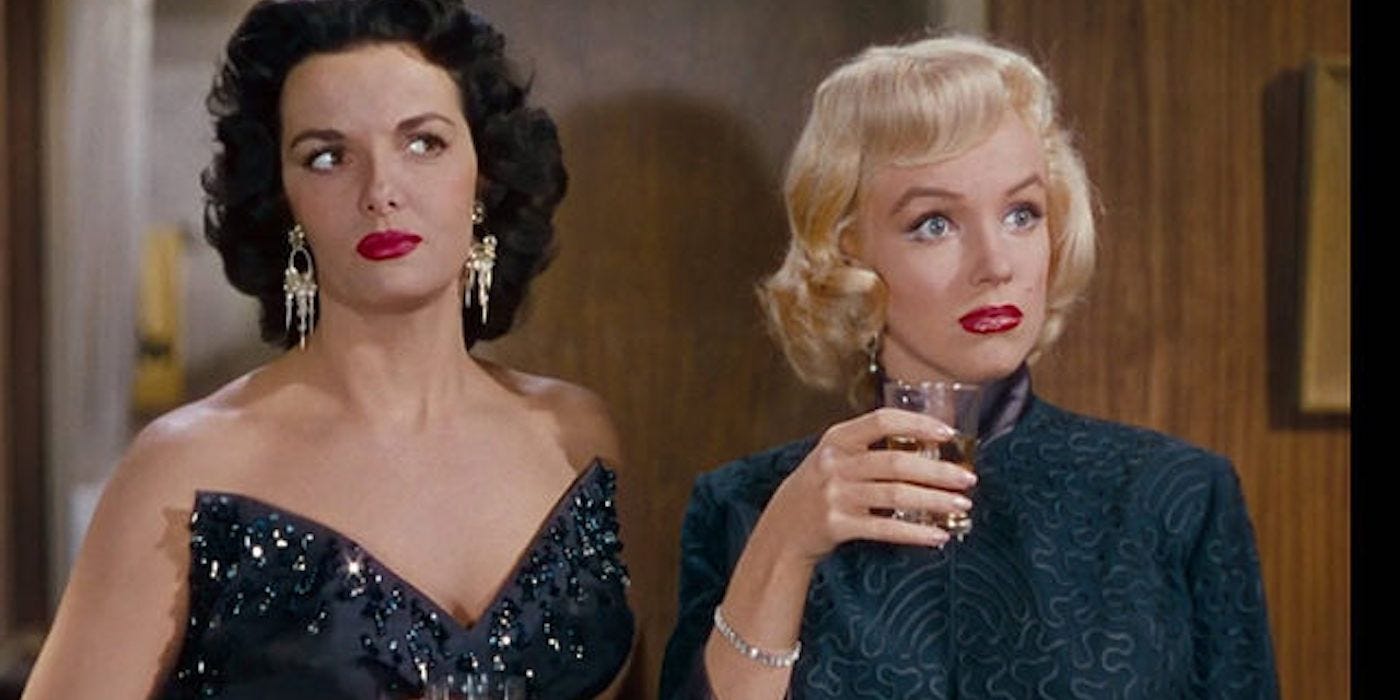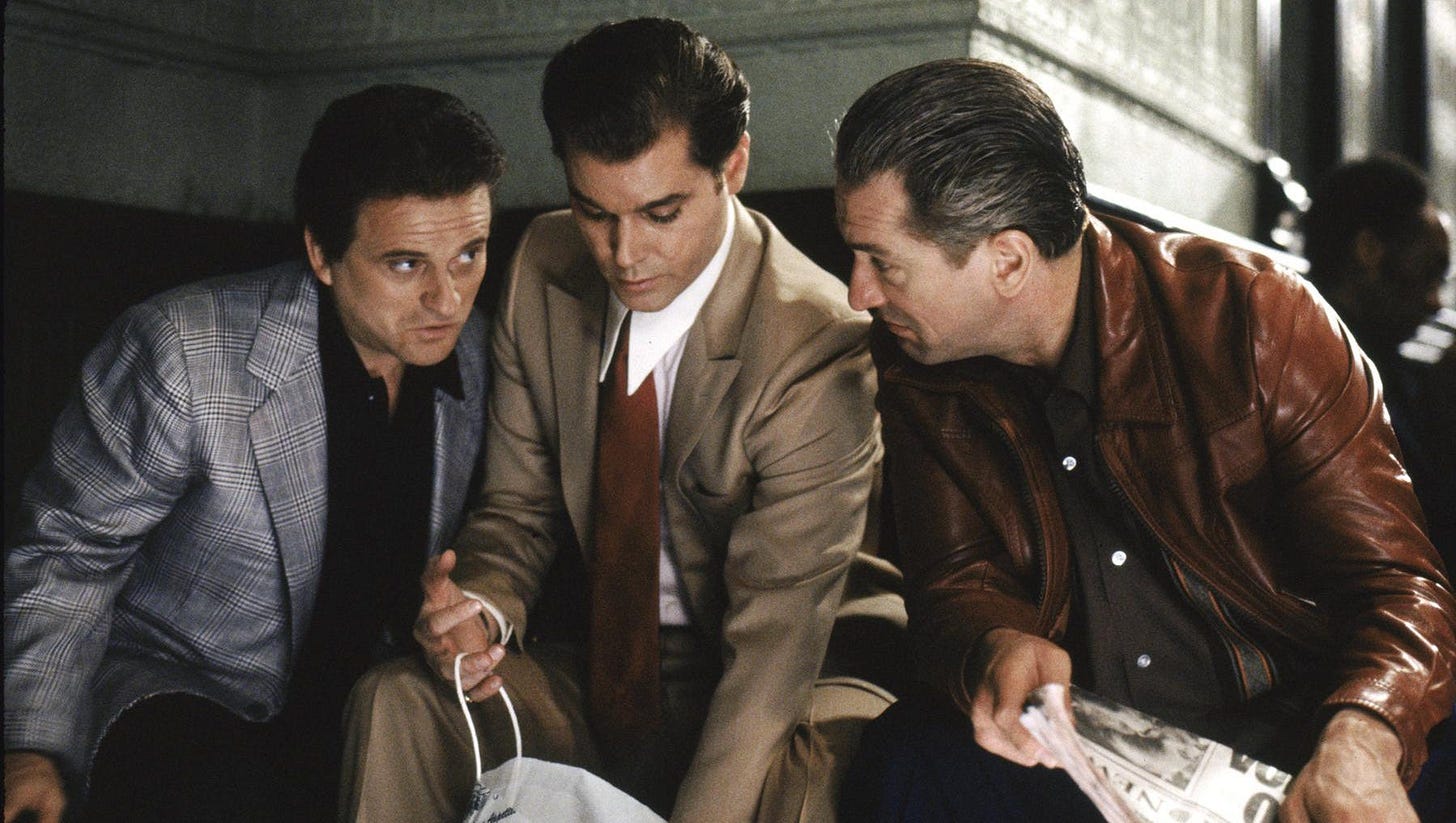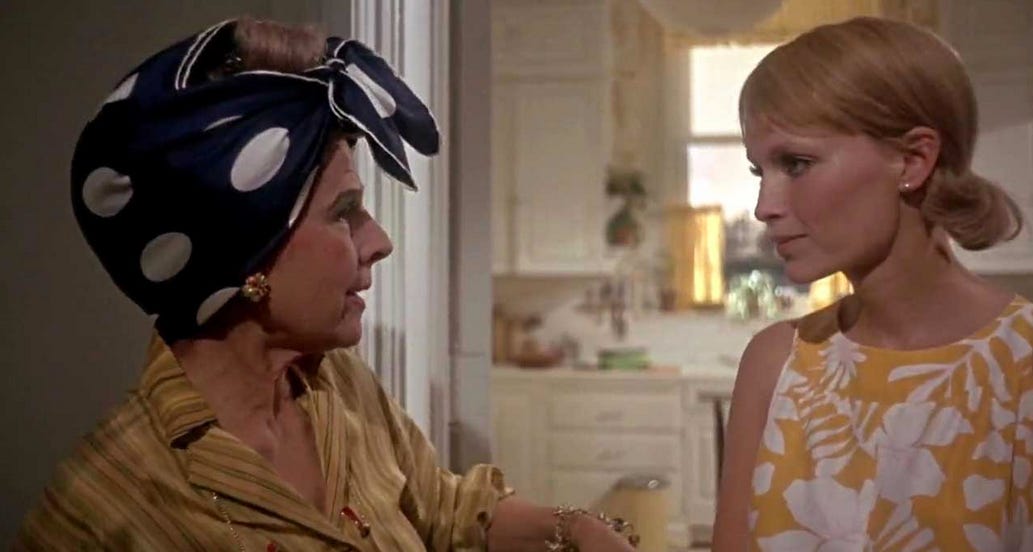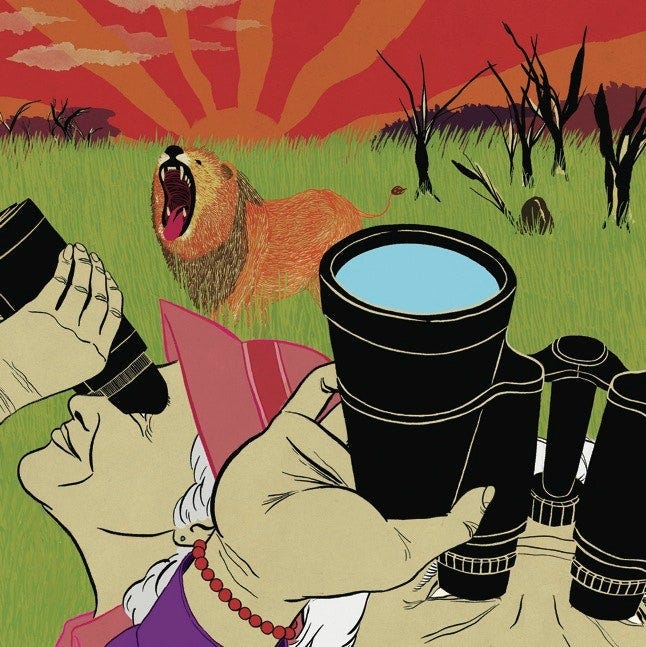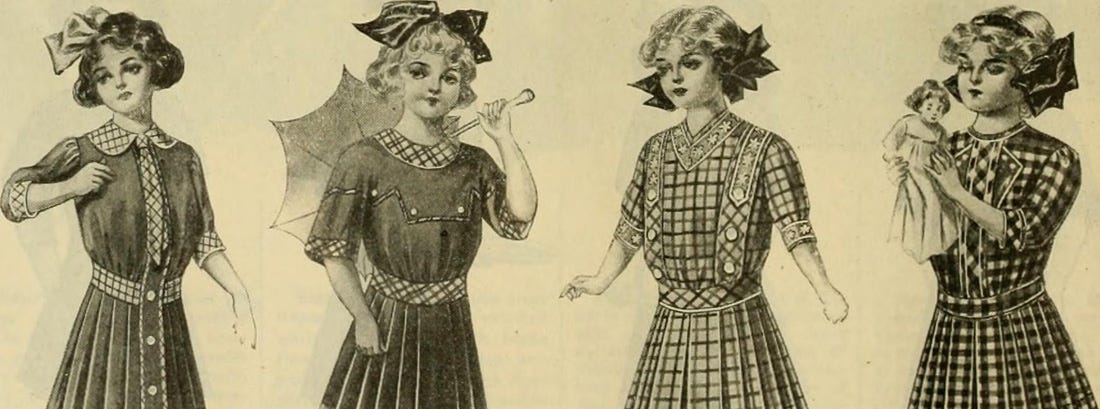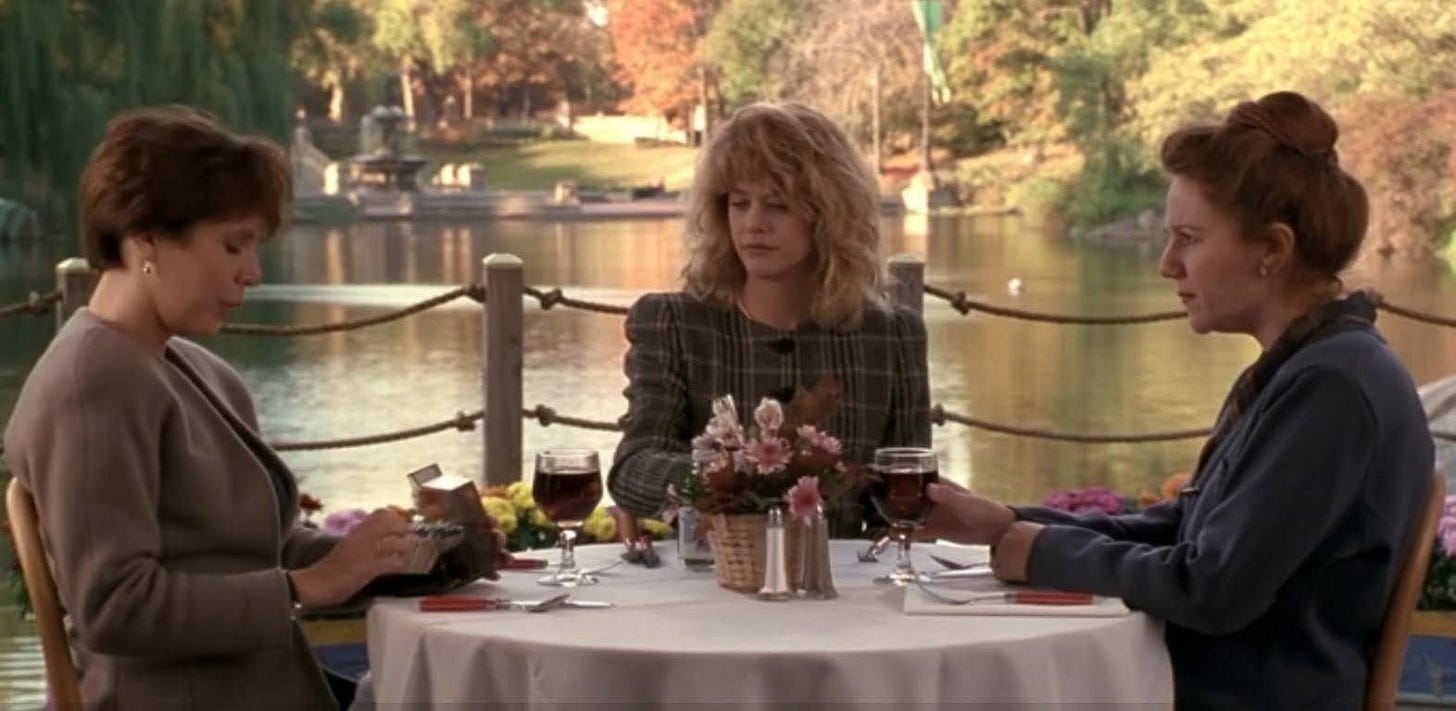Favorite month of the year, LFG !!
October Book Selections
The epitome of fall, October is all about balancing cozy, campus, and creepy vibes. With that tone in mind, here’s what I recommend reading in the month ahead:
The Secret History by Donna Tartt (1992) — A 1980s Brideshead Revisited, this modern classic redefined the campus novel when it first broke onto the scene in 1992. In it, narrator Richard Papen arrives from California at Hampden College feeling out of place — until he gains entry to Julian Morrow’s Classics class and, by extension, the clique that occupies it. Starting out slow, this novel transforms into a page turner, complete with everything from drugs to blackmail to murder.
As discussed in the August issue, I highly recommend listening to Lili Anolik’s podcast, Once Upon a Time…at Bennington College, after reading the novel. It delves into Tartt’s college years and includes interviews with the real-life Classics students who inspired the novel’s most memorable characters.
McNally Jackson also announced an upcoming class on The Secret History led by Marisa Meltzer, author of Glossy: Ambition, Beauty, and the Inside Story of Emily Weiss’s Glossier, which I reviewed back in August as well. You can sign up for the four-week course on either Tuesday or Wednesday nights here. It starts this week!
Home Cooking by Laurie Colwin (1988) — As you’ll recall, I wrote quite a bit about Laurie Colwin in the August Book Review, explaining: “Simply put, reading Colwin feels like sipping hot soup on a cold day — but not just any old soup. Beef, leek, and barley soup with an added spice you can’t quite identify.” Home Cooking embodies this feeling in its purest form, the perfect cozy read for a chilly October morning.
Before her untimely death of an aortic aneurysm at age 48, Colwin regularly contributed to Gourmet magazine. Home Cooking collects her best essays, which interweave recipes with personal anecdotes. The New Yorker’s Rachel Syme said it best: “Colwin spoke, first and foremost, to harried middle-class cooks, assuring them that their inner ‘domestic sensualist’ was within reach: you could be both a hedonist and a pragmatist if you mastered a few basic techniques, and splurged on a few not so basic ingredients. Through her writing, at once bossy and intimate, Colwin barged into kitchens and made herself at home, the kind of cook who grabs the spoon and starts mixing the batter her way…Competence was one of her goals, but confidence was the real point.”
You might walk away from Home Cooking with some new recipes. (After reading it in early 2022, I went through a phase of making Colwin’s gingerbread recipe — famously my cat’s favorite food — every week for about three months.) But, more importantly from my perspective, you’ll feel at home every time you open the collection. Starting each essay feels like pulling up a chair to Colwin’s kitchen table and waiting for her to make the then-unpopular case for British food, reflect on the limitations of two-burner cooking, and wax poetic about the pleasures of being alone in the kitchen with an eggplant.
Love by Hanne Ørstavik (2018) — This spooky, engrossing novel reads like a fall fever dream. I discussed it in yesterday’s September Book Review, but, as a refresher: “Translated from the original Norwegian by Martin Aitken, this “icy nocturne of a novel,” as the front flap so aptly puts it, follows one night in the lives of a small-town mother, Vibeke, and her nearly-nine-year-old son, Jon. On the eve of Jon’s birthday, both embark on separate yet similarly eerie adventures through their new town in the north of Norway.”
The Bad Seed by William March (1954) — Nothing says Halloween Szn™ like a child serial killer! On the surface, eight-year-old Rhoda Penmark seems like the perfect little girl. Well-spoken with impeccable manners, she presents as the pinnacle of perfection to most adults in her life, but a deeper darkness lurks beneath her carefully crafted facade. Psychological horror at its best, this novel follows Rhoda’s mother, Christine, as she slowly comes to grips with her daughter’s true nature.
The 1956 film adaptation starring Patty McCormack as Rhoda and Nancy Kelly as Christine is a must watch. It deviates from the novel’s original narrative, but, as the blog Cinema Crazed put it, still “teems with cult value and camp appeal.” I saw the movie before reading the book, but would recommend the opposite approach. Afterward, check out this 2018 piece from an independent dress historian on the meaning behind Rhoda’s costuming in the film.
Upcoming Content to Consume
Village East’s Hitchcocktober Series (Opening Date: 10.4) — Village East, The Angelika’s offshoot on 12th Street and Second Avenue, has emerged as a favorite theater of mine over the past couple of years. A New York City designated landmark, the theater once comprised part of the Yiddish Theatre District before going on to host everything from burlesque to off-Broadway shows to, of course, movies, leaning into the latter fully after its acquisition by The Angelika in 1991.
Village East primarily shows new releases, but it does dabble into the occasional repertory screening series. This month marks the arrival of Hitchocktober, the theater’s weekly showing of five fan-favorite Hitchcock thrillers. Stop by each Wednesday to see Rear Window (1954), To Catch a Thief (1955), Vertigo (1958), Shadow of a Doubt (1943), and Psycho (1960). I’ve seen four out of the five films (with Shadow of a Doubt as the exception, something I plan to rectify in the weeks ahead) and highly recommend stopping by one, if not multiple, movies in preparation for Hitchcock’s ‘50s, a one-week festival hitting Film Forum in November.
The Center for Fiction: (Virtual Event) Melissa Broder on Death Valley (2023) with Karah Preiss (Date. 10.4) — I first discovered Melissa Broder as a fiction writer — not merely the moderator of viral Twitter account @sosadtoday and author of its accompanying book of personal essays — when her second novel, Milk Fed, became one of 2021’s most Instagrammable with its unmissable pink and orange cover. An exploration of indulgence and restraint, it tells the story of Rachel, an LA talent management girlie with an eating disorder who falls in love with Miriam, an Orthodox ice cream scooper.
While Broder’s razor sharp prose and tender characterizations kept me hooked, Milk Fed ultimately came to exemplify an objectively wonderful novel that just didn’t resonate personally. (I’ve been fortunate to never really struggle with food issues and have always had a hard time consuming content around eating disorders; try as I might, I typically get hit with a wave of inexplicable nausea. I also think that the relationship between Rachel and Miriam naturally impacted me less than it might a queer reader.) Broder’s debut novel, The Pisces, however, the story of a listless grad student named Lucy who falls in love with a merman while dog sitting for her sister in Venice, made a deep impression.
Threading the line between dark and whimsical, Broder has emerged as one of today’s most poignant literary voices over the course of the past five years. This upcoming talk will focus on Broder’s new novel, with Belletrist co-founder Karah Preiss moderating. Her next book, Death Valley, is a “thrillingly imaginative tale about a woman who has fled California—and her sorrows—for the desert. She enters into a mysterious opening in a large cactus while on a hike and embarks on an equally hilarious and poignant journey of self-reflection.”
Syndicated BK’s Halloween Series (Opening Date: 10.9) — This bar, theater, and restaurant in Bushwick always has a killer Halloween line-up, complete with thematic cocktails to toast in the season. To give you a vibe check, some current, non-October drink examples include the Espresso Martini Scorsese, the Passionfruit of the Christ, and Nic F**king Sage. You can order deliciously greasy snacks — from baked empanadas to crispy cauliflower to warm chocolate cookies — straight to your seat too or opt for Roberta’s pizza across the street. This year’s October line-up includes classics like A Nightmare on Elm Street (1984), Suspiria (1977), Practical Magic (1998), The Shining (1980), Halloween (1978), and, of course, Hocus Pocus (1993).
Film Forum’s 50 from the ‘50s (Opening Date: 10.13) — This upcoming festival, slated to run into November, will focus on one of the most turbulent times the film industry has seen, an era marred by everything from McCarthyism to the looming threat of television. In an attempt to assert dominance, major studios tapped into new technologies like CinemaScope (used in How to Marry a Millionaire, which I reviewed last month), scaled back censorship, and ushered in a new era of iconic actors, from Marilyn Monroe to James Dean.
Favorites in this festival include All About Eve (1950), Sunset Boulevard (1950), A Streetcar Named Desire (1951), Touch of Evil (1958; hit me up if you want tea on how it influenced Muppets Take Manhattan and Dirty Rotten Scoundrels director Frank Oz), Roman Holiday (1953), Gentlemen Prefer Blondes (1953), and A Place in the Sun (1951; an absolutely wild film that I put on one night after mentally mis-categorizing it as a comedy).
IFC Center’s William Friedkin: Fate and Faith Series (Opening Date: 10.20) — I’m not especially familiar with William Friedkin’s work, although I did quintessentially listen to him on The Bret Easton Ellis Podcast when news of his death broke back in August. This upcoming series at IFC feels like the perfect opportunity to fill that gap. It will feature Friedkin films including The French Connection (1971), The Exorcist (1973), and Cruising (1980), as well as a screening of Leap of Faith: William Friedkin on The Exorcist (2019). Per IFC, the documentary “explores the uncharted depths of William Friedkin’s mind’s eye, the nuances of his filmmaking process, and the mysteries of faith and fate that have shaped his life and filmography as told by the man himself.”
If you’ve noticed To Live and Die in LA (1985) missing from IFC’s round-up, the neo-noir thriller will screen at Metrograph from now through 10.12.
Metrograph’s Saturday Afternoon Cartoons: Funny Phantoms (Date: 10.21) — In late October, Metrograph will showcase “a selection of vintage cartoon films that are just what Dr. Frankenstein ordered for the Halloween season.” The Lower East Side cinephile staple promises “a fabulous frog’s run-in with the Grim Reaper, an animator playing spooky tricks on his cartoon creation, a verbose king’s plight with ghastly subjects, and other assorted chills and thrills.”
Grab brunch at Metrograph Commissary, the theater’s second-floor restaurant, then head downstairs to take in 16mm film prints spanning from the 1920s through the 1950s. Pulled from the personal archives of historian Tommy José Stathes, the cartoons will feature classic characters from Casper the Friendly Ghost to Felix the Cat to Betty Boop.
Goodfellas (1990) at Metrograph (Date: 10.27) — If you know, you know Goodfellas (1990) is one of my favorite films of all time. I’ve rewatched it with embarrassing frequency; read Nicholas Pileggi’s nonfiction book about Henry Hill, Wiseguy; and even have a t-shirt of a shot from the film showing Ray Liotta, Joe Pesci, and Robert DeNiro looking at a bag of cocaine (pictured above) that I wore wedding dress shopping with my friend (hi, Gabriela). With that context in mind, I feel legally obligated to flag this upcoming screening at Metrograph.
If you’re not familiar, Goodfellas basically operates as The Godfather’s fun little brother. Told through the lens of real-life mobster-turned-witness-protection-participant Henry Hill, the Martin Scorsese classic captures the height of organized crime in New York from the 1950s through the 1980s. The film expertly integrates songs including The Crystals’s “And Then He Kissed Me,” Derek and the Dominos’s “Layla,” and George Harrison’s “What Is Life” to accentuate the glamour, violence, and paranoia of Henry’s world, making it the vibiest of vibes. Production designer Kristi Zea will introduce the screening as part of International Production Design Week 2023.
Cinespia at the Orpheum Theatre: Rosemary’s Baby (1968) + Halloween Party (Date: 10.31) — For my West Coast subscribers to attend and everyone else to stream at home! I thematically saw this film for the first time this year over Mother’s Day weekend and left convinced of it as the height of cinema. Roman Polanski’s magnum opus from 1968 follows Rosemary Woodhouse (played by Mia Farrow) and her struggling actor husband Guy (played by John Cassavetes) as they move into the Bramford, a fictional version of the Dakota. The building has a haunted reputation riddled with stories of witchcraft and murder, as well as nosy neighbors in the form of older couple Roman and Minnie Castavet (played by Sidney Blackmer and Ruth Gordon at her very best). When she becomes pregnant shortly after their move, Rosemary’s physical condition starts to deteriorate, drawing her mental coherence into question.
Every aspect of this film — from Farrow’s harrowing performance to its “stiflingly chic interiors” — work together to draw the audience into the quiet terror of its world. For instance, “One day during the filming of Rosemary's Baby, director Roman Polanski and his cinematographer, William A. Fraker, began to argue about how to frame a shot of Ruth Gordon talking on the telephone in the back bedroom of Mia Farrow's house. Though Fraker wanted to frame the shot so viewers would see Gordon sitting on the bed, Polanski convinced him to frame the scene to show only Gordon's back, so that what she sees is blocked by the door frame. Was Polanski right? In the test screening, all 800 viewers collectively leaned over in an attempt to look around the door frame to see what Gordon was talking about.” Beyond its aesthetics, Rosemary’s Baby struck a chord in how its third act conveys a quiet truth of how rarely women get heard when it comes to their own healthcare.
Miscellaneous Musings
“Safari” by Jennifer Egan — As mentioned in yesterday’s September Book Review, I took a class at The Center for Fiction over the past month focused on short fiction. This story, part of Jennifer Egan’s Pulitzer Prize-winning novel A Visit from the Goon Squad, emerged as one of my favorites.
Published in The New Yorker in 2010, “Safari” follows a family on vacation in an unspecified part of Africa in 1973. Told in the third person, it threads the hopes and anxieties of an eclectic group of locals and tourists, including music producer Lou, Berkeley PHD candidate in anthropology — and Lou’s much-younger girlfriend — Mindy, tour guide Albert, and Lou’s children from his previous marriage, 14-year-old Charlie and her younger brother, Rolph. The narrative voice dips in and out of the various characters’ thoughts, tracking everything from the tenuous relationships between Lou and his children to Mindy’s anthropological observations around the group’s broader dynamic, before closing with a devastating telescopic look into their futures, one that reveals the poignancy of this particular trip.
What’s in a Vibe? — ICYMI, I wrote a little (read as: nearly 1900-word) piece on vibes in fiction and film. Settle down with an iced coffee-filled Pyrex and a chocolate-frosted Entenmann's donut, pop on “Kiss” by Prince and the Revolution, and check it out here if you haven’t already!
“The Husband Stitch” by Carmen Maria Machado — Another favorite from my short fiction class — and a perfect read for October! This story, which ran in Granta in 2014, serves as Carmen Maria Machado’s twist on the tale of the green ribbon, an urban legend with origins threading back to Washington Irving’s 1824 short story, “The Adventure of the German Student.” Predicated on the notion of a woman who constantly wears a collar or ribbon, provoking a man’s persistent curiosity, this horror trope has played out across short stories ranging from “The Velvet Ribbon,” included in Ghostly Fun (1970) by Ann McGovern, to “The Green Ribbon,” part of In a Dark, Dark Room and Other Scary Stories (1984) by Alvin Schwartz.
Machado’s version includes auditory cues for anyone reading out loud. For instance, the narrator opens with: “If you read this story out loud, please use the following voices: Me: as a child, high-pitched, forgettable; as a woman, the same. The boy who will grow into a man, and be my spouse: robust with his own good fortune. My father: Like your father, or the man you wish was your father. My son: as a small child, gentle, rounded with the faintest of lisps; as a man, like my husband. All other women: interchangeable with my own.” These distinctive insertions play on the story’s history as an urban legend, while also accentuating themes that shape the story. This excerpt, for instance, establishes the gender dynamics that will come to characterize the narrative, making a universal tale Machado’s own.
Supplemental Reading
As always, don’t forget to use archive.ph if you can’t access these pieces or any of the ones throughout my Substack!
Byline: Beauty In The Book Business: What Does It Take To Be Taken Seriously?
The New Yorker: The Force Behind Film Forum
Air Mail: Bigger than Life: Tragedy! Triumph! Tinsel! 100 Years of the Hollywood Sign
Coveteur: Into the Gloss: A Look Inside Emily Weiss’s Glossier
Air Mail: Unusual Suspects: The Behind-the-Scenes Story of the Making of Casablanca
Cocktail of the Month
So, I came across this cocktail on How Sweet Eats, one of my favorite baking blogs, and it seems like the perfect post-apple picking treat.
Place three sliced apples and four cinnamon sticks in the bottom of a pitcher. Pour in a bottle of pinot noir, two cups of cold cider, half a cup of grand marnier liqueur, and three tablespoons of pure maple syrup. Stir to mix, then refrigerate for a minimum of 30 minutes to bring everything together.
In the meantime, if you’re hosting friends or just want to dress up your glass a bit, mix together three tablespoons of brown sugar and one teaspoon of cinnamon on a plate. Rim your glass or glasses with an orange wedge and dip in the cinnamon sugar.
Finally, fill the glass or glasses with ice, pour the sangria over the top, and enjoy!
Until next month!
xo,
Najet

